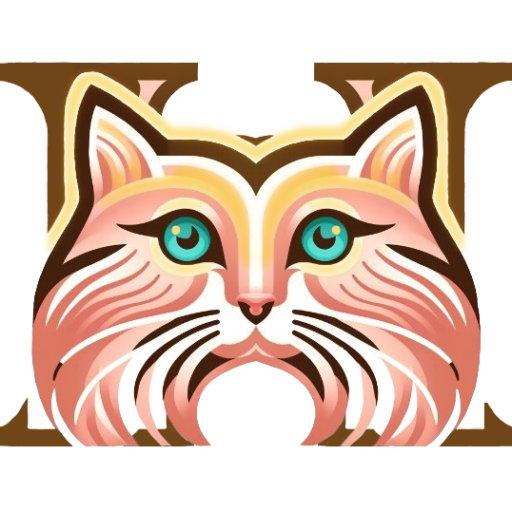Race Basics Form Reflective Overview on Ethical and Cultural Awareness • In a few sentences, summarize your approach to creating this race with an emphasis on ethical and cultural considerations. How have you strived for respectful and accurate representation? Encouragement for Detailed Exploration:• We recommend delving deeper into these considerations. Please refer to our comprehensive […]
Basic Details: • Character Name: Aurora Maylee (may be some kind of test to help come up with names) • Race: Lycanian Wolf Anthro (I’d like for there to be a multitude of races from tabletop games and other storytelling media or for custom options) • Age: 14 • Birthday: May 4th (possible test for […]
The blog post promotes using the Enneagram and Jungian Theory for character development in writing. It details how the nine Enneagram personality types, each with its motivations, fears, and desires, can shape a character’s journey. It also presents how Jungian Theory can provide insights into characters’ perception and interaction with the world. The author encourages exploring these psychological frameworks to craft compelling, authentic characters in storytelling.
The Holistic Character Assessment Toolkit (H.CAT) is a roadmap to an initiative aimed at implementing new features to enhance character understanding and development. It combines different tests including Enneagram, HEXACO-W, PETALS, and Jungian Scenarios to analyze aspects like core fears, desires, personality traits, behavior patterns, and emotional complexities. It aims to offer features such as diverse testing options, character profile creation, management, comparison, and personalized inputs. The toolkit is envisioned to help users create multidimensional characters for their stories, providing a comprehensive understanding of psychological profiles and complexities.
The author shares her vision for H-cat, a tool designed to enhance storytelling experiences. The envisaged features include a customizable dashboard, an ability to save and resume progress, tailoring results to individual users, an interactive feedback system, an exploratory mode, an adjustable settings area, and a community forum. Keeping users updated with notifications and incorporating their feedback are key goals.
